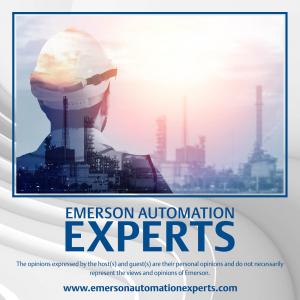Emerson Automation Experts

Designing for Reliability: Engineered Solution in Powder Discharge Systems Podcast
Emerson’s Ashwin Kannan joins podcast host Jim Cahill to discuss the requirements for ball valves in polyethylene & polypropylene powder discharge system applications, focusing on achieving tight sealing and ensuring long service life.






 Visit Podcast Website
Visit Podcast Website RSS Podcast Feed
RSS Podcast Feed Subscribe
Subscribe
 Add to MyCast
Add to MyCast